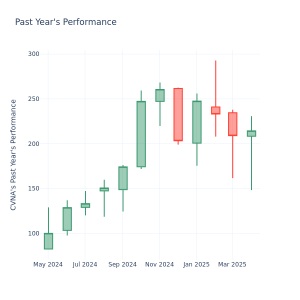
(Bloomberg) — The dollar fell as investors walked back bets on Donald Trump winning the US presidential election after the latest polls indicated Kamala Harris was gaining ground. Oil rose after OPEC+ delayed an output hike.
Most Read from Bloomberg
An index of the greenback dropped the most in over two months, while the Mexican peso — which tumbled in the aftermath of Trump’s 2016 victory — was the top performer among major currencies. Treasury futures and Asian shares rose.
The moves came after a poll by the Des Moines Register showed Harris with a 47%-44% lead in Iowa — a state Trump has won in each of his prior elections. One element of the so-called Trump trade favors higher Treasury yields and a stronger dollar. Still, other surveys show the two candidates poised for a photo finish, with voters narrowly split both nationally and across the pivotal swing states.
The dollar gauge and 10-year Treasury yields both had reached their highest since July in recent weeks, after investors ramped up wagers on a second term for Trump. There’s concern that his support for looser fiscal policy and steep tariffs will deepen the federal deficit and fuel inflation, undermining Treasuries.
“It’s impossible to call at this point,” Bill Maldonado, chief executive officer at Eastspring Investments, told Bloomberg TV. “We’ve heard Trump talking about tariffs and other measures, but do we really know what’s going to get implemented in what manner? It’s almost impossible to position for it.”
European stock futures edged up along with their US peers after Wall Street’s gains Friday following robust earnings from the likes of Amazon.com and Intel Corp. Japanese markets are closed for a holiday, which means there will be no Treasuries trading in Asian hours.
In addition to the US election, trading across financial markets this week also will be shaped by central bank decisions for the US, UK and Australia, among others.
The Federal Reserve is expected to cut rates by 25 basis points Thursday, after the latest jobs data showed US hiring advanced at the slowest pace since 2020 while the unemployment rate remained low. Even so, the numbers were distorted by severe hurricanes and a major strike.
Economists also expect the Bank of England to lower its benchmark rate by a quarter point to 4.75%.
